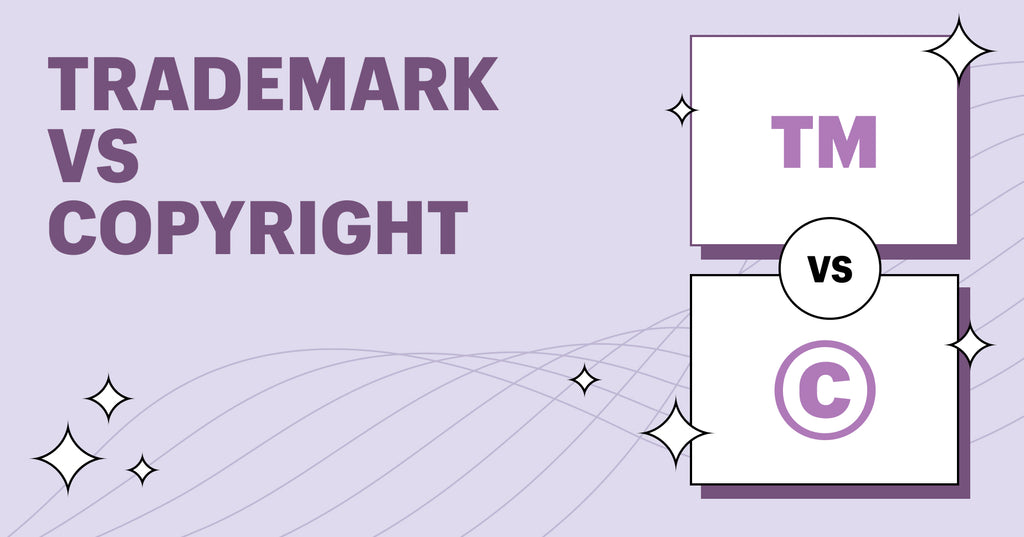Physical Address
304 North Cardinal St.
Dorchester Center, MA 02124

A hong kong trademark https://www.accoladeip.com/us/en/trademark-search/ is a word, symbol, or design used to identify and distinguish the goods of one manufacturer or seller from those of others. It can also be used to identify a service. Trademarks are the primary way that a company can protect its intellectual property, such as a brand name. They can stop competitors from using a similar name, logo, or slogan.
A trademark is a unique symbol or series of words used to represent a business’s products. Once registered, that same symbol or word(s) cannot be used by any other organization for the life of the company as long as proper paperwork and fees are paid.
Trademarks are crucial to the success of a company’s brand. They help consumers identify a business’s products and distinguish them from those of other businesses.
A mark can take many forms, including words, slogans, logos, shapes and colors. They are usually registered in individual subjects, known as classes, that cover a wide range of goods and services.
Trademark registration is an important part of building a brand. It protects your mark from being used by competitors, discourages copycats and gives you a legal defense when your business is damaged by counterfeit goods.
To get a hong kong trademark registered you must fill out an application online through the United States Patent and Trademark Office (USPTO) Trademark Electronic Application System. This application includes a description of your product or service and a clear depiction of your mark in standard character format or stylized (design) format.
You also need to provide specimens that show how you use your mark in connection with the goods or services you are applying for. These samples can be in the form of a drawing or an actual product, depending on your needs.
A trademark protects a company or individual’s rights and interests in their products and services. It also prevents others from using similar symbols or names for their own goods or services.
Trademarks must be used properly to develop and maintain strong enforceable trademark rights. Proper use helps consumers understand that a trademark represents a specific source of goods or services and will not be confused with a generic product name.
Use your trademark as an adjective that modifies a generic product or service, not as a noun or verb, and never in the plural or possessive form. Capitalize the mark fully (PIZZA HUT), use initial caps with quotes (“Pizza Hut”), or change font or color to distinguish your brand from the surrounding text.
A trademark identifies the source of your goods and distinguishes them from the products of others. It also protects your business against consumer confusion.
Once a trademark is registered, it becomes protected by the Lanham Act. However, the protection can be revoked if the mark is abandoned.
The law states that a mark may be deemed abandoned if it is not used in commerce for three years without intent to resume use. This presumption can be rebutted by the owner with a bonafide intent to resume use.
This could be accomplished by continuing to market the trademark, such as through advertising or distribution. Alternatively, the trademark owner may choose to re-register the mark with the USPTO.
An act of infringing on a trademark involves using or making a product that infringes on the rights of the owner of the mark. This can be done in several ways, including through direct infringement or through contributory infringement.
The first step to suing for infringement is to collect information about the product and the technology involved. This information will help you determine whether the infringement is direct or contributory and how much of the patent has been infringed.
If a product or technology infringes on a patent, the copyright owner can sue for actual damages and reasonable royalties. These damages are based on the lost profits that the patent holder would have made and other factors. They also include attorney fees. In addition to these, the court may also order the infringer to stop producing products that infringe on the patent.
If you would want to learn more information about Accoladeip, visit our website.